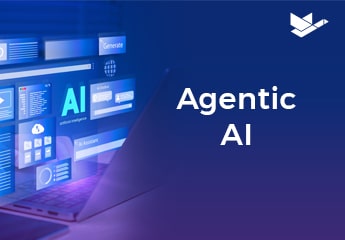 The nature of insurance risk is changing, as are the parties at risk, the assets to be insured, and the information we have about those things. We refer to it as “the new insurance.”
The nature of insurance risk is changing, as are the parties at risk, the assets to be insured, and the information we have about those things. We refer to it as “the new insurance.”
There are dozens of examples in both personal and commercial lines, like boilers, furnaces, and other machines outfitted with sensors, connectivity, and Internet of Things attributes, but few are as SEO friendly as driverless cars, so that’s what I’ll stick with here. The one thing those examples all share is that they create what I’ll call “non-approximated data.” If that catches on as a buzzword, remember that you heard it from me first.
Today when you write a risk, you need to get their driver’s score, the number of points that driver has, their vehicle type, and you approximate what the risk is. Actuaries are good at doing this. They’ve got years of experience and wonderful math. But when insurers have access to non-approximated data — data about the actual risk, the actual driver, and what they’re actually doing and where they’re actually going when they drive, such as from telematics devices — they have a much more clear picture of what they’re insuring, what that should cost, and how profitable those drivers are likely to be. That’s a model and a method that increasingly will be applied to other markets as well.
Then, as driverless vehicles enter the world, there won’t be drivers anymore. Companies will need to insure the manufacturers, and specifically their algorithms and sensors. That means a very large source of business for personal lines carriers is going to fade away, and maybe not slowly, either. It might very quickly fade away, so carriers have both a crisis and an opportunity on their hands.
Using Data to anticipate Opportunities and Threats
Large carriers, and some of the smaller ones, too, are researching this like crazy. Many realize that they soon could be at a disadvantage. Some don’t know commercial insurance as well as commercial lines carriers, do—yet. But they understand the urgency. They also know this is an enormous opportunity for any carrier prepared for this massive influx of data, regardless of its source and location.
The point I’m trying to get to is that the technology today is that good. After an adjustment period, it’s going to change the nature of risk, resulting in safer roads, and fewer accidents, injuries, and fatalities. All of which is great for society, and for insurers that are prepared to seize that opportunity.
To do that, though, you need technology that will enable you to make these shifts. And you need to know where you stand and how you stack up against the competition. For more details on Duck Creek’s vision for the future of insurance, download our Future Playbook.





